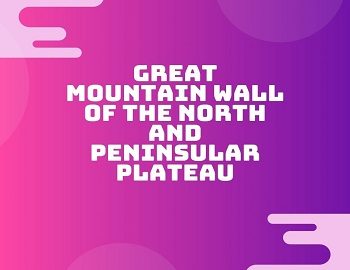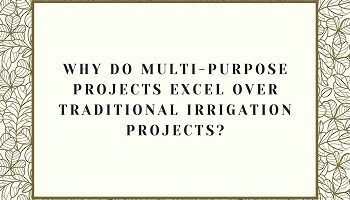Great Mountain Wall of the North and Peninsular Plateau:
The following are the points of difference between Great Mountain Wall of the North and Peninsular Plateau.
| Great Mountain Wall of the North | Peninsular Plateau |
|---|---|
| The Great Mountain Wall of the North comprises the greatest and highest mountain ranges of the world. | The Peninsular Plateau is rugged and dissected and is a remnant portion of the great old landmass called the Gondwana land. |
| These mountains are the young fold mountains and have come into existence as a result of the uplift of the strata formed by the sedimentary rocks. | This plateau is the result of the split of the old landmass, the Gondwana land. It has igneous and metamorphic rocks in abundance. |
| These mountain ranges are parallelly arranged. They are separated by the intervening valleys and undulating plains. | These plateaus have been dissected by rivers, faulting and vertical movements of the earth. |
| The ranges abound in I-shaped valleys and U-shaped valleys. | There is an abundance of horsts, rift valleys and troughs. |
| Perennial rivers originate from the snow-capped mountain ranges. | In the absence of snow-capped mountain ranges, the rivers originating in this region are rainfed and seasonal. |
| Major Mountain peaks include the Everest, the K2 , the Kanchenjunga, the Nanda Devi, the Kailash etc. | The Anaimudi, the Nilgiri, the Dodabeta, the Cardamom etc. are important peaks or hillocks. |









Comments (No)